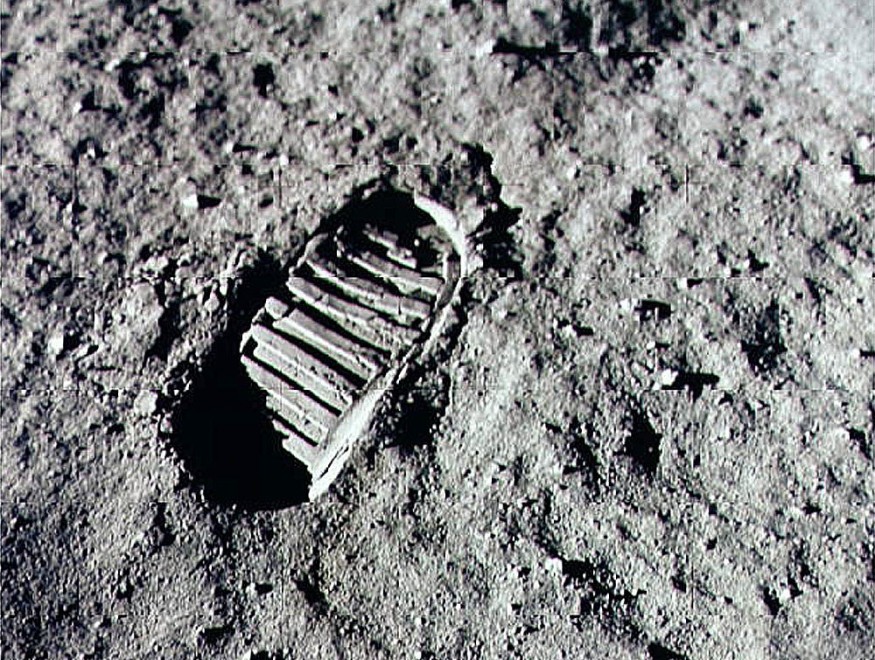Lunar dust gathered by astronaut Neil Armstrong during the Apollo 11 mission, which marked man's first trip to the moon in 1969, might fetch a seven-figure price at auction in April - years after NASA fought in court to keep the dust out of private hands.

Lunar Soil That Neil Armstrong Got During NASA Apollo Mission For Sale For Whooping $1.2 Million
Adam Stackhouse, a specialist at auction house Bonhams, said it is the first and only time in history that a certified Apollo mission sample has posted at auction.
Forbes, citing Bonhams, said the dust is estimated to sell for between $800,000 and $1.2 million.
In 2017, the lunar bag that held it was auctioned off for $1.8 million, with just particles of lunar material remaining in the bag.
According to Bonham's, a percentage of the revenues will be donated to scientific charity.
The lunar dust will be auctioned off on April 13 as part of a space-themed auction that will also contain a piece of Sputnik 1, the world's first space satellite.
During the historic 1969 moon landing, NASA Astronaut Neil Armstrong collected lunar dirt and placed it in a decontamination bag.
Armstrong and his colleagues returned to Earth with the artifact and handed it over to the space agency.
In 1969, when describing lunar dust when he stepped on the moon, the legendary astronaut stated the surface is fine and powdery.
ALSO READ : NASA to Open a Pristine 50-Year-Old Vacuum-Sealed Lunar Sample Through ESA's Apollo Can Opener
"It does adhere in fine layers, like powdered charcoal, to the sole and sides of my boots. I only go in a small fraction of an inch, maybe an eighth of an inch, but I can see the footprints of my boots and the treads in the fine, sandy particles," Armstrong said in a NASA post.
NASA's Legal Battle Over Lunar Soil Sample
The lunar soil bag, which experts had assumed to be empty, was later misplaced and eventually found in a Kansas space museum.
It was on display until curator Max Ary took it.
In 2003, officials discovered the dust and other other space objects in his garage. Mirror said authorities sentenced Ary to prison for fraud, theft, and money laundering.
Officials from the US Marshals Service auctioned the bag in 2015 to raise revenue, oblivious to the fact that the contents contained traces of valuable moon dust.
Nancy Carlson, a lawyer, purchased the bag for roughly $995 and returned it to NASA for verification.
However, when NASA discovered it included lunar dust from the Apollo 11 mission, they refused to return it to her.
Carlson filed a lawsuit against NASA for unlawful property seizure, and in 2016, Judge J. Thomas Marten found in her favor, saying that Carlson was a "good faith purchaser" in a properly performed sale.
After a two-year legal fight, the space agency was obliged to return it together with the moon dust, which they had focused on 1cm-wide carbon tape put in five aluminum sample stubs.
The dust is expected to sell for more than 1,400 times its original purchase price at auctioneers Bonhams in New York.
RELATED ARTICLE : Oxygen on Moon Surface: Australian Space Agency, NASA Partner to Collect Lunar Rocks That Will Keep Billions Alive for 100,00 Years
Check out more news and information on Space in Science Times.
© 2025 ScienceTimes.com All rights reserved. Do not reproduce without permission. The window to the world of Science Times.










